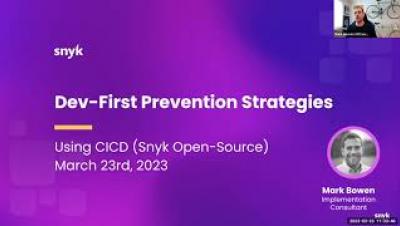Avoiding mass assignment vulnerabilities in Node.js
Mass assignment is a vulnerability that allows attackers to exploit predictable record patterns and invoke illegal actions. Mass assignment usually occurs when properties are not filtered when binding client-provided data-to-data models. Vulnerabilities of this type allow an attacker to create additional objects in POST request payloads, allowing them to modify properties that should be immutable.











